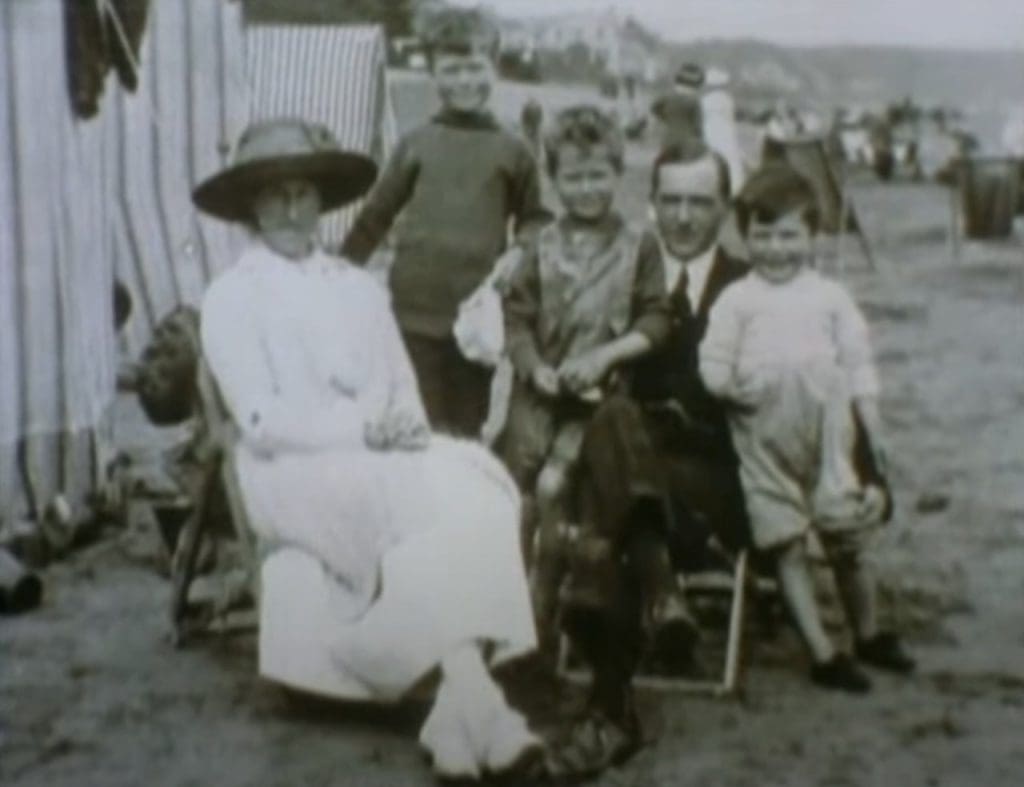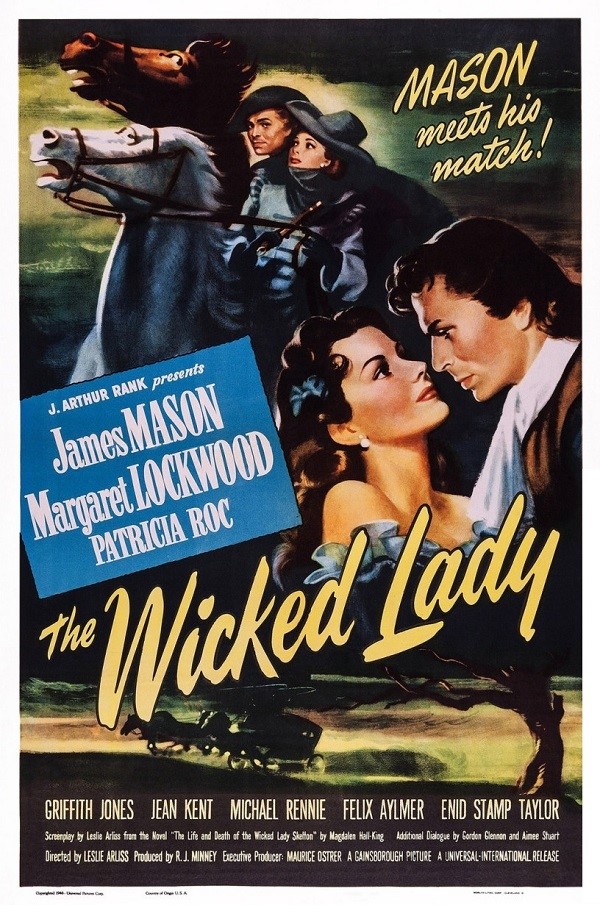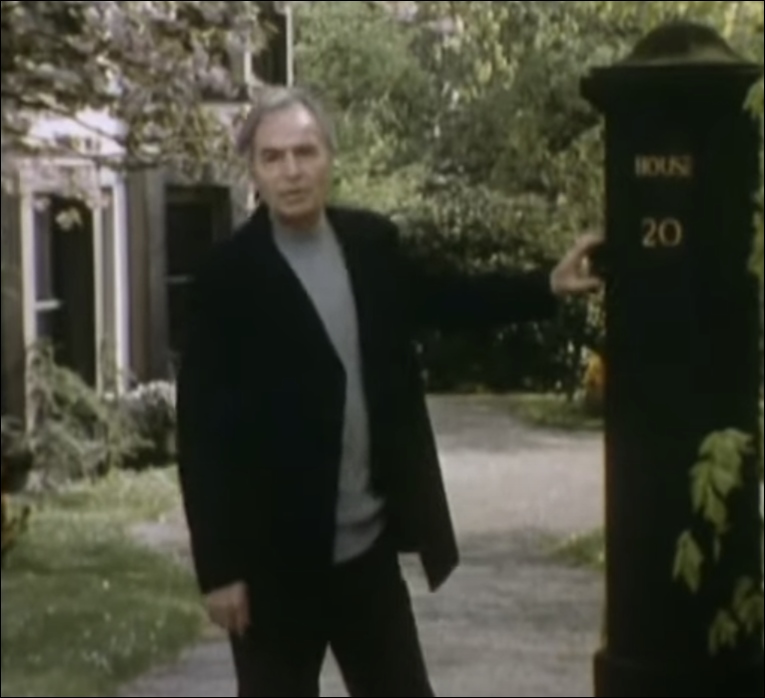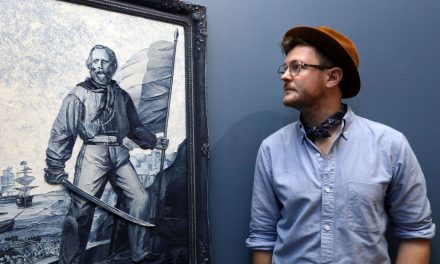By Vincent Dorrington
The rise of James Mason from an unknown Huddersfield lad to being the top British male film star of the 1940s was astonishing.
His enormous talent and ambition then took him to Hollywood. Here he went on to become an international film star. James Mason was known all over the world.
Mason was born in Marsh in 1909, when talking pictures didn’t even exist. His father, John Mason, was a wealthy textile merchant who lived in a fine Victorian villa of the Edgerton fashion, called Croft House, in Croft House Lane.
It was a prestigious road – on it lived two great sporting legends, Wilfred Rhodes (cricket captain of Yorkshire and England) and Harry Wagstaff (captain of England’s rugby league team and Huddersfield’s all conquering ‘Team of All Talents.’)
James was the youngest of three sons and lived in Marsh for 22 years. His father was often away on business matters so it was James’s mother, Mabel Mason, who proved to be the greatest influence on her youngest son. She passed on her love of the arts and the need for her youngest boy to look beyond the world of business.
James enjoyed a privileged life – no working class Northern film star was he! At Croft House he was used to servants and gardeners. The house was on the Edgerton side of Marsh and known for its apple orchards and large gardens, well away from the smoky mills.
James and his brother Colin were proud to have set up the Marsh Scout Group (1927) that attracted many boys from Edgerton. Later the Scout group made Holy Trinity Parish Hall their headquarters. It was said locally that James first ‘trod the boards’ at this church hall, where he appeared as the backend of a pantomime horse!

The education of James proved to be privileged. He was not educated locally but was sent to a preparatory school in the Lake District and then onto Marlborough College in Wiltshire.
It had been intended that James would return as an adult to Huddersfield to take a position in the family firm but in the late 1920s, his father was concerned that the business could not support all three of his sons. Therefore, James, the youngest, was sent to Cambridge University to prepare for a career in the Indian Civil Service.
Once in Peterhouse College at Cambridge University, James dropped Classics and took up his degree in Architecture. He achieved a first class degree and his career seemed all mapped out.
However, James had other ideas – he fell in love with acting and the stage, despite the concerns of his family.
His first stage performance was in 1931. He never had any formal acting training and learned his trade through treading the boards.
By 1935, he made his first film appearance in the thriller ‘Late Extra.’ From then on he became a regular presence on the big screen taking advantage of the government’s ‘quota system’ which demanded British films and British film stars be seen on the big screen.
The 1940s saw the start of the Golden Age of British cinema and James Mason led the way. He signed for Gainsborough Pictures and quickly applied his dark looks and menacing voice to costume dramas, like ‘The Grey Lady’ (1943) and ‘The Wicked Lady’ (1945).
He was a very handsome leading man who displayed great depth as an actor. Everything about him, not just his voice, was new and unique. Audiences and critics loved his brooding good looks. Never had the screen seen such a star.
However, his brother Rex was not of the same mind. He said: “We still went to see his films, though at the time I never thought he was very good in them.”
Clearly the Huddersfield and British public were not of the same opinion. Mr Mason became box office dynamite and for four consecutive years, 1944 to 1947, he charted as Britain’s top male box office star.
The time of George Formby and Gracie Fields had passed as a new breed of more glamorous film star had its day.

Things would seem to have been going smoothly for James Mason but this was not entirely true. Professor of History, Paul Ward, formerly at the University of Huddersfield, has charted the sometimes fractured relationship Mr Mason had with his family and with Huddersfield.
He notes that the Mason family fell out with their film star son for eight years (1940-1948) because of James’ decision to become a conscientious objector in WWII. Film audiences were more forgiving but many people in Huddersfield felt outraged and betrayed.
Prof Ward also notes that Mr Mason tried to distance himself from his hometown of Huddersfield, especially in the 1930s and 1940s.
It is hardly surprising that Huddersfield folk were angered when they read statements by Mr Mason such as: “When I was young I had very little affection for this part of the country. In fact, when I finished my schooling I couldn’t wait to get away from the place.”
The call of Hollywood came after the critical success of ‘The Seventh Veil’ (1945) and ‘Odd Man Out,’ (1947).
Mason had become disillusioned with the British film industry. In particular he became an outspoken critic of J. Arthur Rank, Britain’s leading film producer. But most of all he wanted to conquer Hollywood and become an international star.
Yet again this did not make the film star popular with many sections of the Huddersfield public. They felt a sense of betrayal that Britain’s leading male film star was abandoning the country in its time of need, for the high life in Hollywood living in the former mansion of Buster Keaton.
After a slow start in Hollywood James Mason became more established by the early 1950s. He landed some very big Hollywood roles starting with ‘The Desert Fox’ in 1951. He then co-starred with Judy Garland in ‘A Star is Born ‘(for which he received an Oscar nomination for Best Actor).
His biggest financial success was Disney’s ‘Twenty Thousand Leagues Under the Sea,’ (1954) with Kirk Douglas – closely followed by the Jules Verne adventure, ‘Journey to the Centre of the Earth’ (1959).
Perhaps his most well-remembered performance was playing the silky villain opposite Cary Grant in Hitchcock’s ‘North By Northwest’ (1959).

James Mason outside his family home in James Mason – Home James (1972) by YTV
James Mason occasionally returned to Huddersfield in the 1950s to visit his family. A change in his attitude towards the town led to positive local press coverage.
In 1956, the Examiner reported him as saying: “I think Huddersfield is a bright, attractive, progressive city. I was eager to get away from the place when I was young but it is good to come back again.”
In the mid-1960s James moved to Switzerland for tax reasons, after having lived the good life in Hollywood. He now had a new appreciation for Huddersfield.
In his Swiss home Mason surrounded himself with Yorkshire landscape paintings. These were painted by Huddersfield artist Peter Brook. The paintings were worth over £80,000. One of the paintings was of Croft House – it appears James had not forgotten his Yorkshire roots.
In 1972 Mr Mason returned to Huddersfield to make a documentary for Yorkshire Television called ‘Home James.’ It can be seen today on YouTube HERE.
James appeared as someone who wanted to reconnect with his past and with Huddersfield. He wanted to put the record straight.
“To me, it’s the way they talk, the way they build, the way they live their lives.” He spoke with a more noticeable Yorkshire accent.
Critics pointed out Mason’s take on Huddersfield was nostalgic. Perhaps they did not fully appreciate the personal journey James was making – especially as he entered the grounds of his old home on Croft House Lane.
In 1984 James Mason died of a heart attack aged 75. A great actor and film star had passed away. His ashes were buried next to close friend Charlie Chaplin on the shores of Lake Geneva in Switzerland.
Mason’s headstone words were chosen by his children: ‘Never say in grief he is gone. Rather say in thankfulness that he was here.’
For the first 22 years of his life that ‘here’, was Marsh in Huddersfield. Though buried abroad there is a sense that by the end of his life James Mason had become reconciled with his home town.


















